Ask Ethan #108: Is there any “instant” sunlight?
Our Sun gets its energy from fusion in its core. But can any light be made from the surface?
“Birds sing after a storm; why shouldn’t people feel as free to delight in whatever sunlight remains to them?” –Rose Kennedy
And yet, sunlight itself would be incredibly deadly to us if it reached us the moment it was created. As always, you didn’t disappoint with your submitted questions and suggestions for this week’s Ask Ethan, as they ranged from inflation to black holes to antimatter annihilation, but I can only choose one-per-week. This time, the honor goes to kbanks64, who asks:
I’ve heard a number of times that light takes thousands of years to get from the center of the sun to the surface. I understand that. What I want to ask is this. Is there ANY sunlight that is created at the surface of the sun and therefore gets to leave immediately?
The Sun is a curious thing, and light from the Sun is an even more curious thing! Let’s go inside to find out.
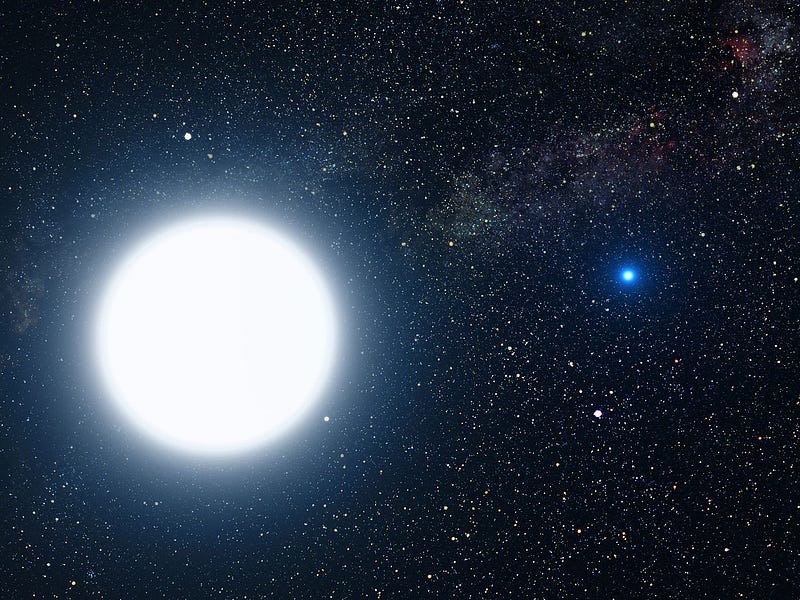
If it weren’t for the process of nuclear fusion, the only source of the Sun’s energy would be our old friend gravity. This, in fact, was Lord Kelvin’s original idea for what powered the Sun: that the Sun would continually shrink over time, and that the tremendous amount of gravitational potential energy would get converted into heat energy in the process, radiating away through the Sun’s surface.
This was a brilliant idea, but it would only power the Sun for around 100 million years at most, not nearly long enough for the geology and biology we had observed on Earth to exist the way it does. Some stars — like the white dwarfs (including Sirius B, above) — are powered by this Kelvin-Helmholtz mechanism, but they are only millionths of times as luminous as our Sun.
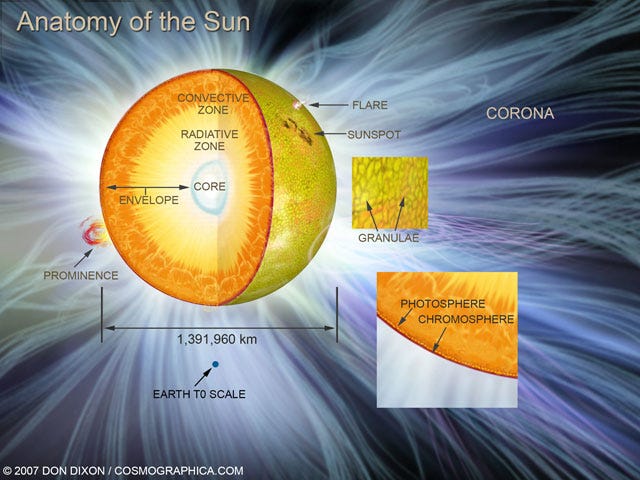
Instead, our Sun’s light is powered by the process of nuclear fusion, where light nuclei are fused together into heavy nuclei, releasing tremendous amounts of energy (via E = mc^2) and high-energy photons in the process.
But, as our questioner notes, these reactions take place exclusively in the core, and the tremendous number of ionized atoms — protons, nuclei and free electrons — prevent those high-energy photons from reaching the surface of the Sun without undergoing a tremendous number of collisions, first. These collisions result in a very large number of much cooler photons: of ultraviolet, visible and infrared wavelengths, rather than the gamma rays they’re initially created as.
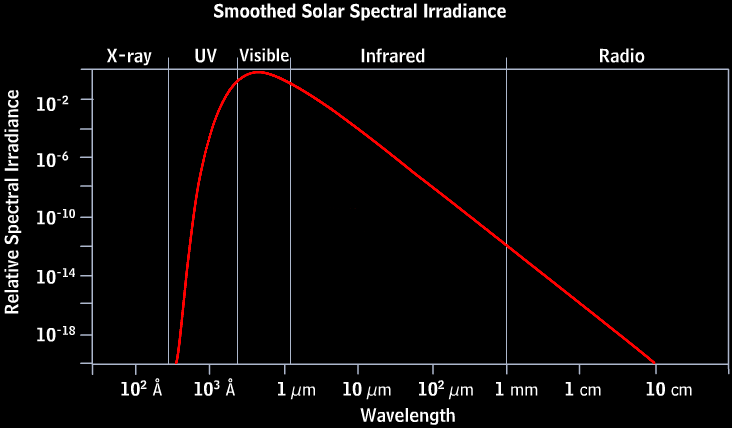
The way nuclear fusion works is primarily through a series of steps where two protons are fused into a deuteron, where deuterium is fused to create helium-3 or tritium, where helium-3 or tritium is fused with a deuteron to create helium-4, and by-products of either protons or neutrons are released, along with neutrinos and high-energy photons.
- The neutrinos stream out, undisturbed.
- The high-energy photons undergo a tremendous number of collisions, taking tens-to-hundreds of thousands of years to exit the Sun.
- And the nuclear products either are stable, decay, or undergo further reactions, but all of that occurs well within the Sun’s interior.
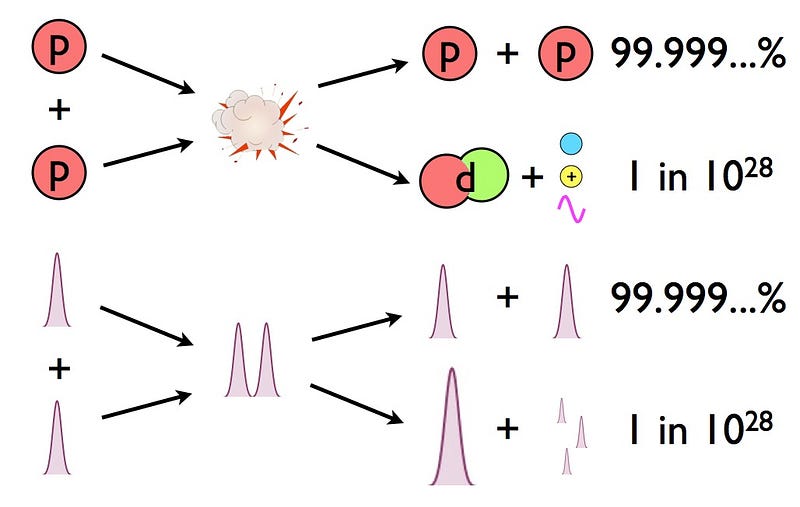
The process that drives nuclear fusion requires quantum physics: the energies even at the very core of the Sun, which may exceed temperatures of 15,000,000 K, are still insufficient to drive these fusion reactions. Instead, there’s just a small quantum mechanical probability at these temperatures — about 1 in 10^28 collisions does so — that the colliding particles will tunnel into a fused, heavier nuclei state. The Sun has such high densities and temperatures that a whopping 4 × 10^38 protons fuse into helium every second in our Sun.
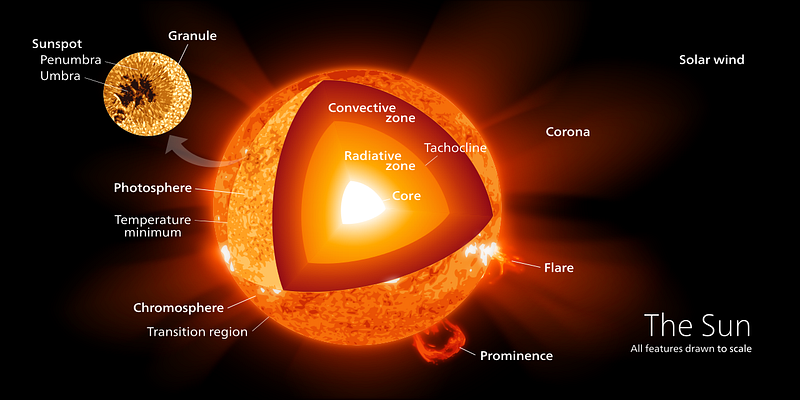
Yet none of these reactions take place near enough the surface to come to us undisturbed. Even with quantum physics on our side, a temperature at minimum of around 4,000,000 Kelvin is required to have any shot at all of fusion, and that ends about halfway through the radiation zone. (Over 99% of all fusion occurs in the core.) So no, none of the nuclear reactions that power the Sun occur near enough to the surface to reach our eyes.
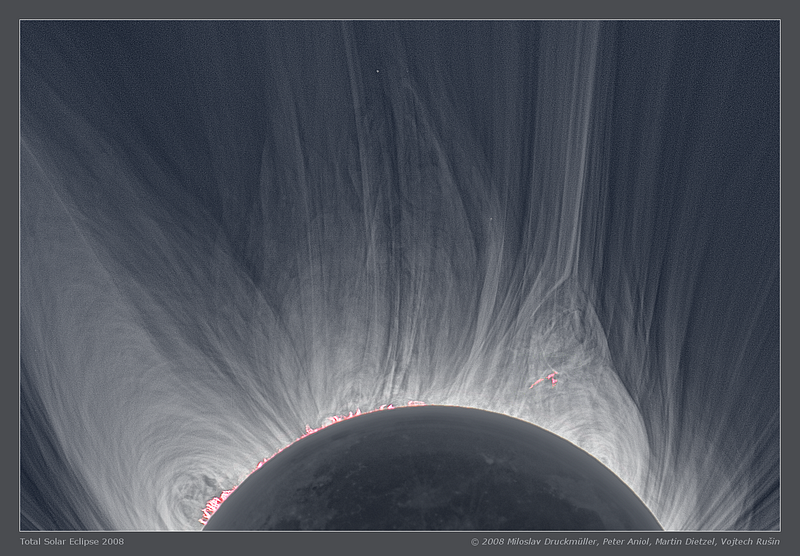
But there’s something else going on with the Sun: it has a very high-temperature plasma surrounding its photosphere, the solar corona. This hot, ionized plasma can reach temperatures of millions of degrees, as opposed to the ~6,000 K of the Sun’s photosphere. In addition, there are solar flares, upwellings from the interior of the Sun, mass ejections and more that enable the Sun’s temperatures to increase in certain locations.
While none of these effects result in the creation of any additional nuclear reactions, they do alter the Sun’s actual profile of energy emissions. That spectrum I showed you before? It was an idealized lie.
Here’s what the Sun actually looks like.
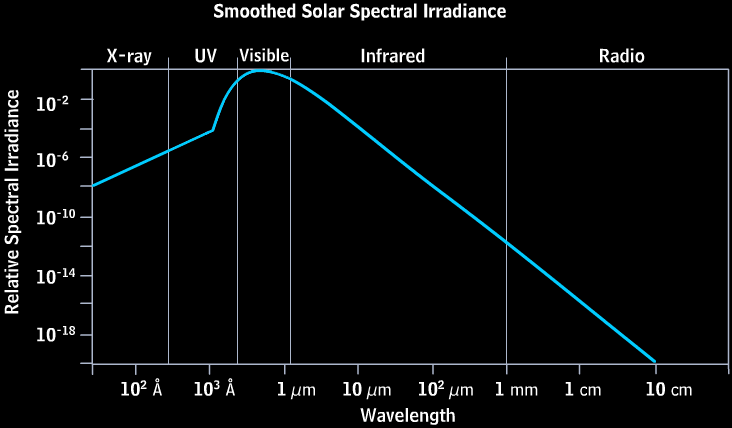
Do you note how this is quite different? It’s far more energetic in the far-UV and in the near X-ray. (There are still no gamma rays under normal circumstances, sorry. Only during solar flare events, and that’s due to shock heating, not to nuclear reactions.) You can really, really see the effects of why this is if we look in individual, particular wavelengths of light.
What we see is that visible light is pretty uniform on the Sun’s surface (except for sunspots, which are cooler), with near-ultraviolet light following roughly the same pattern. But as we go to shorter wavelengths (and hence, higher energies), that energy only shows up around flare regions and the solar corona.
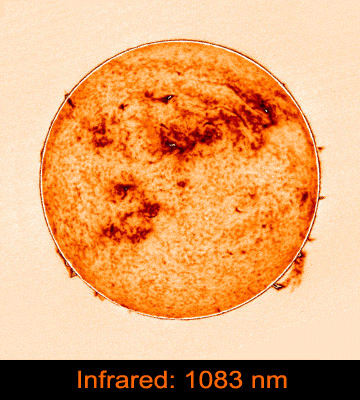
The light that’s emitted from the outermost layers of the Sun — from the photosphere and from the Corona — are simply how any body in the Universe radiates from being heated up to a certain temperature. It’s actually not just a solid “surface” on the Sun that radiates, but a series of blackbodies, some from slightly interior (where the temperature is higher) and some from slightly exterior (where it’s lower) to the mean photosphere.
This is why, if we look at the Sun’s emission spectra in detail, we see that there’s a departure from a perfect blackbody not only at higher energies, but at all energies as well.
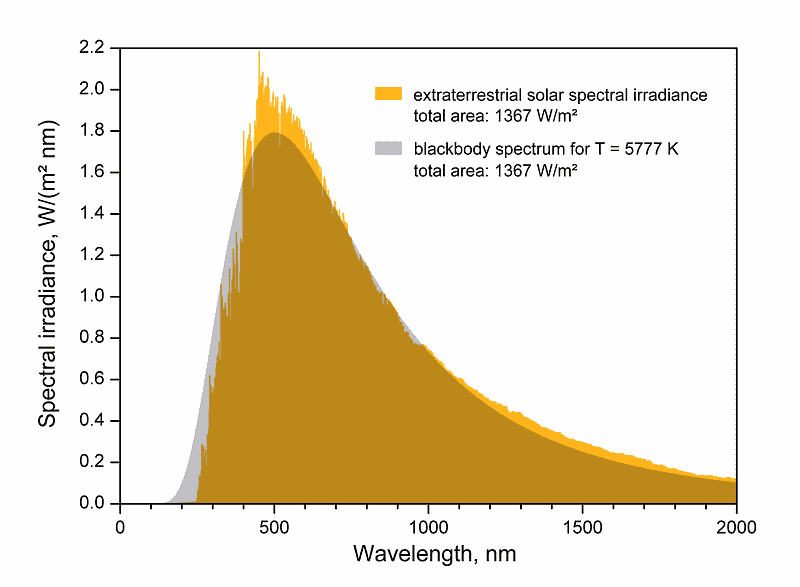
So in summary:
- The nuclear fusion reactions that take place inside the Sun all take place way inside, and none of the created photons from that process ever make it to the surface without many, many collisions.
- The outer layers of the Sun — the photosphere and the corona — are where we get the emitted light from.
- The corona is the hottest part (why is a story for a different article), and is responsible for the vast majority of the far-UV and X-ray emission, but its contributions to visible light are minuscule, and only visible during a total eclipse.
- No nuclear reactions take place in the light-emitting regions, but sometimes shock heating happens due to solar flares, which can cause the emission of ultra-high energy gamma rays.
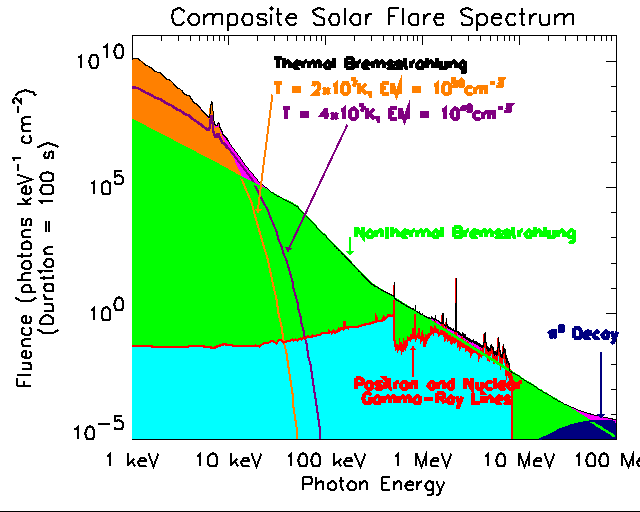
This is all technically, sunlight, and so that’s the closest I can give you to a “yes” answer. The energy from the interior heats up all the different layers of the Sun, including the outermost ones to the temperatures we mentioned. The atoms at that temperature then emit photons according to that temperature, and that’s where sunlight in all its different frequencies comes from.
But if the spirit of your question was whether nuclear fusion reactions occur close enough to the surface to create a direct reaction that we see, the answer is no, not unless you look with a neutrino telescope.
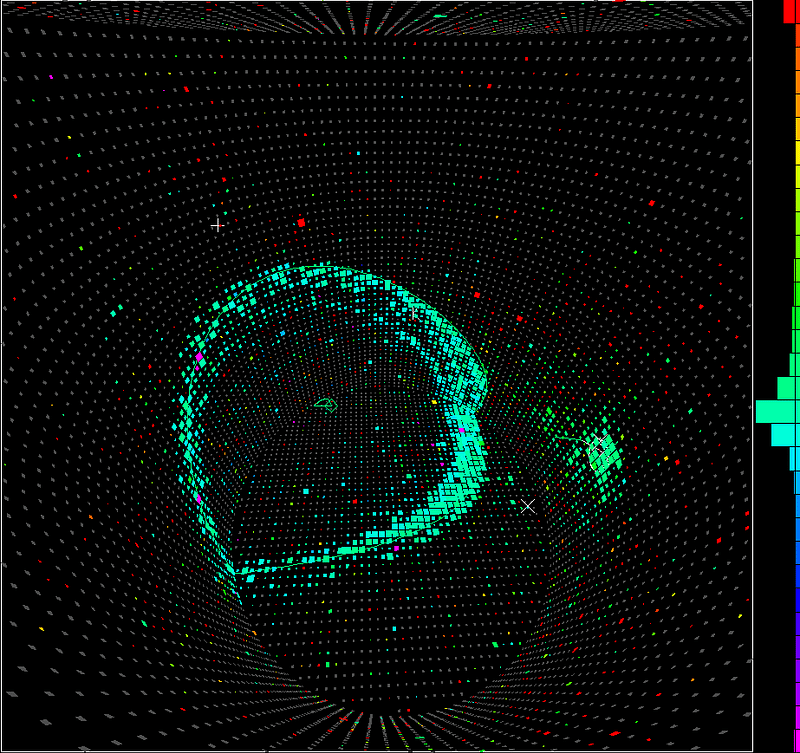
In which case, the answer is yes, we can see them all!
Have a question or suggestion for Ask Ethan? Submit it here for our consideration.
Leave your comments at our forum, and if you really loved this post and want to see more, support Starts With A Bang and check us out on Patreon!





